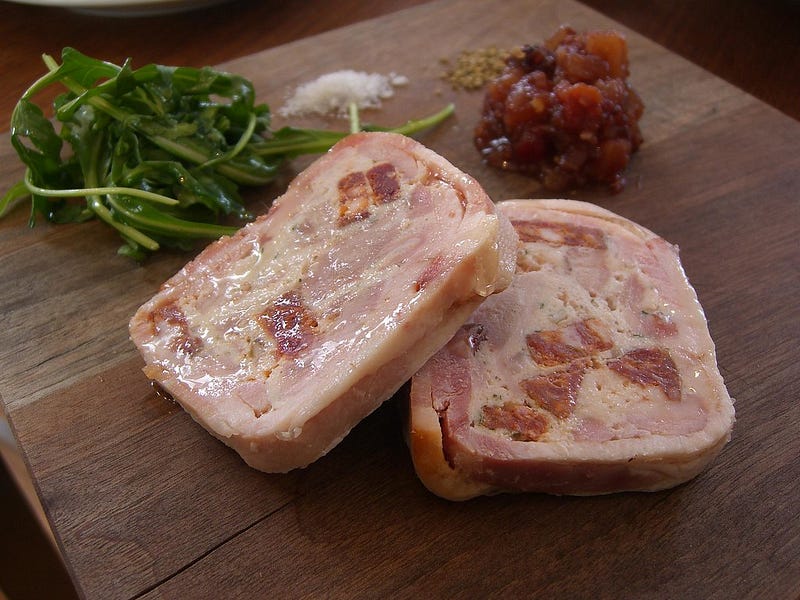Bird Flu Outbreaks and Factory Farms
The United States has a ghoulish problem with its farms and the consequences could be dire.

Edit: Updated to reflect evolving crisis.
It’s perfectly natural to grind up chicken shit, feathers, and entire corpses, and feed them en masse to cows and pigs: at least, this is the prevailing wisdom of the United States’ Food and Drug Administration (FDA). But this practice is coming home to roost with a vengeance.
The practice of grinding up animal corpses and excrement and feeding the resultant slurry to other animals has long been recognized as a significant problem. The 1980s-1990s fiasco in the United Kingdom, where feeding ground-up meat and bone-meal back to animals caused the deaths of almost 200 people from “mad cow disease” should have been warning enough. Unfortunately, feeding animals their own dead is profitable.
Now, the practice of feeding dead animals back to their kin is rearing its ugly head once again. H5N1, a deadly variant of influenza commonly referred to as “bird flu,” has been spreading in the United States, and one of its possible vectors is the innocently named practice of “poultry litter.”
Poultry litter is the practice of grinding up rotting chicken corpses, feathers, and poop, and turning it into a cheap form of high-protein animal feed. Farmers in the US use it because it’s cheaper than corn and soy. By the way, the reason it’s cheaper in the United States is because our “broiler-chicken” industry over-produces chickens at a truly alarming rate. Not only are chicken conditions horrific, they also provide an ideal breeding ground for what could be the next deadly plague.
H5N1 spreads to cows
“Bird flu” can spread to other animals like cows, pigs, and… human beings. Normally, the public health risk isn’t high because H5N1 isn’t able to easily grow inside humans, but the mass-scale animal farms popular in the United States could change that.
When H5N1-infected chickens come in contact with other animals, the infection can spread. In April, that’s already started to occur. There has already been one human case related to the recent Texas outbreak of “bird flu” that forced the extermination of tens of millions of chickens. But now, the disease has spread to dairy cattle as well.
As of April 23rd, the situation has gotten worse. The disease has now been detected in dairy milk on the shelf in grocery stores. While pasturization should still be effective in deactivating the virus, this points to the critical problems faced in the way America treats its livestock populations.
Pigs have many physiological similarities to human beings. If a massive population of pigs (like the kind factory farmed in the US) becomes infected, that would allow for rapid evolution of H5N1 variants capable of jumping more easily to humans. As we’ve already seen, dairy cattle that are infected with H5N1 aren’t culled, their milk production is just temporarily halted. What sort of response will we see from the pork industry?
Standards of animal care and next steps
I’m a happy meat-eater, but I’m not a fool. The way we consume meat needs to change. The mass-production of any animal doesn’t just lead to horrific living conditions for those animals, it also leads to disease. In the United Kingdom and Europe, regulations on the treatment of animals are far stricter than in the US, so much so that Europe doesn’t want to import “low quality” American products at all.
But the multi-billion-dollar factory farming industry in the United States has a lot of power over our politicians, and that power leaves us vulnerable.
At the very least, we need to ban “poultry meal” for our own safety (just as the United Kingdom and Europe). However, we cannot stop there.
Our next steps must be to revitalize small, local, family farming in the United States.
- This means providing family farms that treat their animals well with massive subsidies.
- It means refocusing our meat consumption on local-first principles.
- It means taking a stand that will benefit our local communities and economy at the expense of profiteering corporations.
If we can rewind our farming practices to the local-first ideology of the 1950s, we won’t just be eating a better quality of meat: we might also be giving ourselves a chance at avoiding the next big plague.
